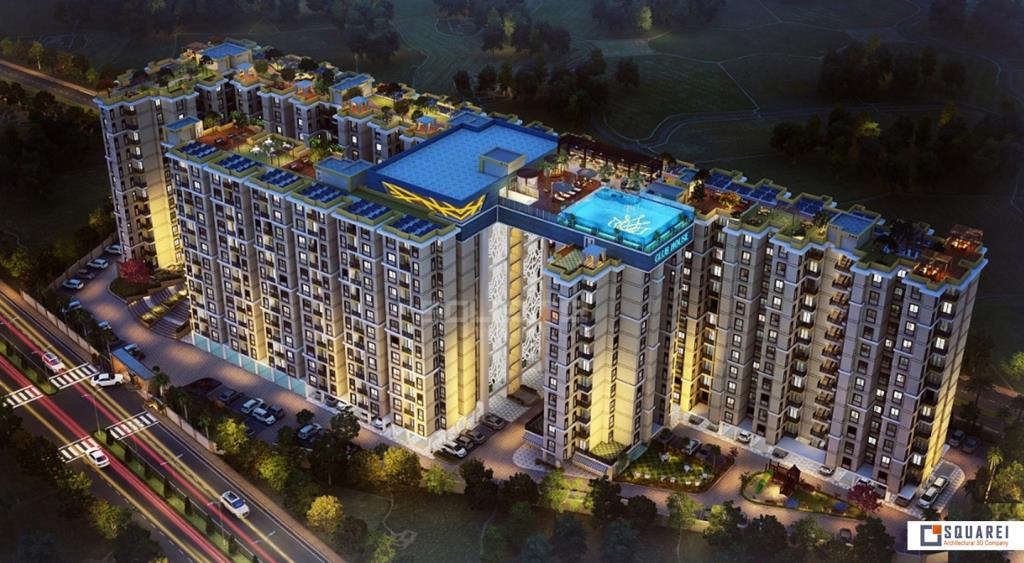When it comes to improving the look and durability of a building, exterior rendering is one of the most effective and popular solutions. Whether you own a residential property or a commercial space, rendering the exterior walls can significantly enhance both visual appeal and structural integrity. This article explores what exterior rendering is, its benefits, types, and why it's becoming a must-have in modern construction and renovation projects.
What is Exterior Rendering?
Exterior rendering is the process of applying a coat of material—such as cement, acrylic, lime, or polymer—to the outer walls of a building. This layer serves multiple purposes: it protects the walls from weather damage, improves insulation, and offers a clean, finished look. Render can be applied to various surfaces including brick, concrete, stone, or existing walls.
Benefits of Exterior Rendering
- Improved Aesthetic Appeal
- One of the primary reasons people opt for exterior rendering is to upgrade the appearance of their home or building. Rendering gives an old or worn-out structure a sleek and modern finish. You can choose from various textures, colors, and finishes to match your design preferences.
- Enhanced Weather Resistance
- Exterior walls are constantly exposed to elements like rain, wind, UV rays, and pollution. Rendering acts as a protective barrier, reducing the risk of water penetration, cracks, and mold growth.
- Better Insulation
- Depending on the material used, exterior rendering can help with thermal insulation. It keeps the building warmer in winter and cooler in summer, potentially lowering energy bills.
- Increased Property Value
- A well-rendered home not only looks more appealing but is also more durable. This can significantly increase the property’s resale value and make it more attractive to potential buyers or tenants.
- Low Maintenance
- Rendered surfaces require minimal upkeep. Unlike painted brick or bare concrete, render doesn’t peel easily and can last for years without needing frequent repairs.
Types of Exterior Rendering
- Cement Render
- A traditional option made from sand, cement, and lime. It’s cost-effective and suitable for most wall types but may require painting afterward.
- Acrylic Render
- A modern alternative that includes plastic-based additives for flexibility and water resistance. It dries faster and comes in a wide range of colors and textures.
- Lime Render
- Environmentally friendly and breathable, lime render is ideal for older buildings or those made with natural materials. It adjusts to movement and reduces the risk of cracking.
- Polymer Render
- This is a pre-mixed render that includes polymers and other additives. It offers excellent adhesion, flexibility, and weather resistance.
Is Exterior Rendering Right for You?
If you’re looking to upgrade your property’s exterior, boost energy efficiency, or simply modernize the look, exterior rendering is a smart choice. It combines functionality with beauty and can be tailored to fit a variety of design needs.
Before starting, it’s essential to consult with a professional rendering service. They can guide you on the best materials, finishes, and application techniques based on your building’s condition and your goals.
Conclusion
Exterior rendering is much more than a cosmetic improvement. It’s a long-term investment that adds value, protects your property, and enhances curb appeal. With the right type of render and a skilled application, your building can stand out in the neighborhood while standing strong against the elements.
If you're considering a home improvement project, exterior rendering should be at the top of your list. It’s cost-effective, durable, and transformative—both visually and functionally.






Comments